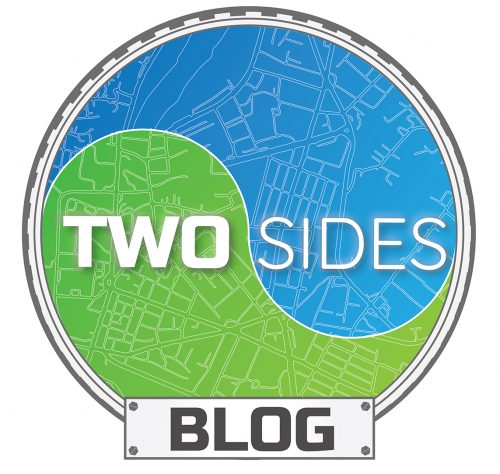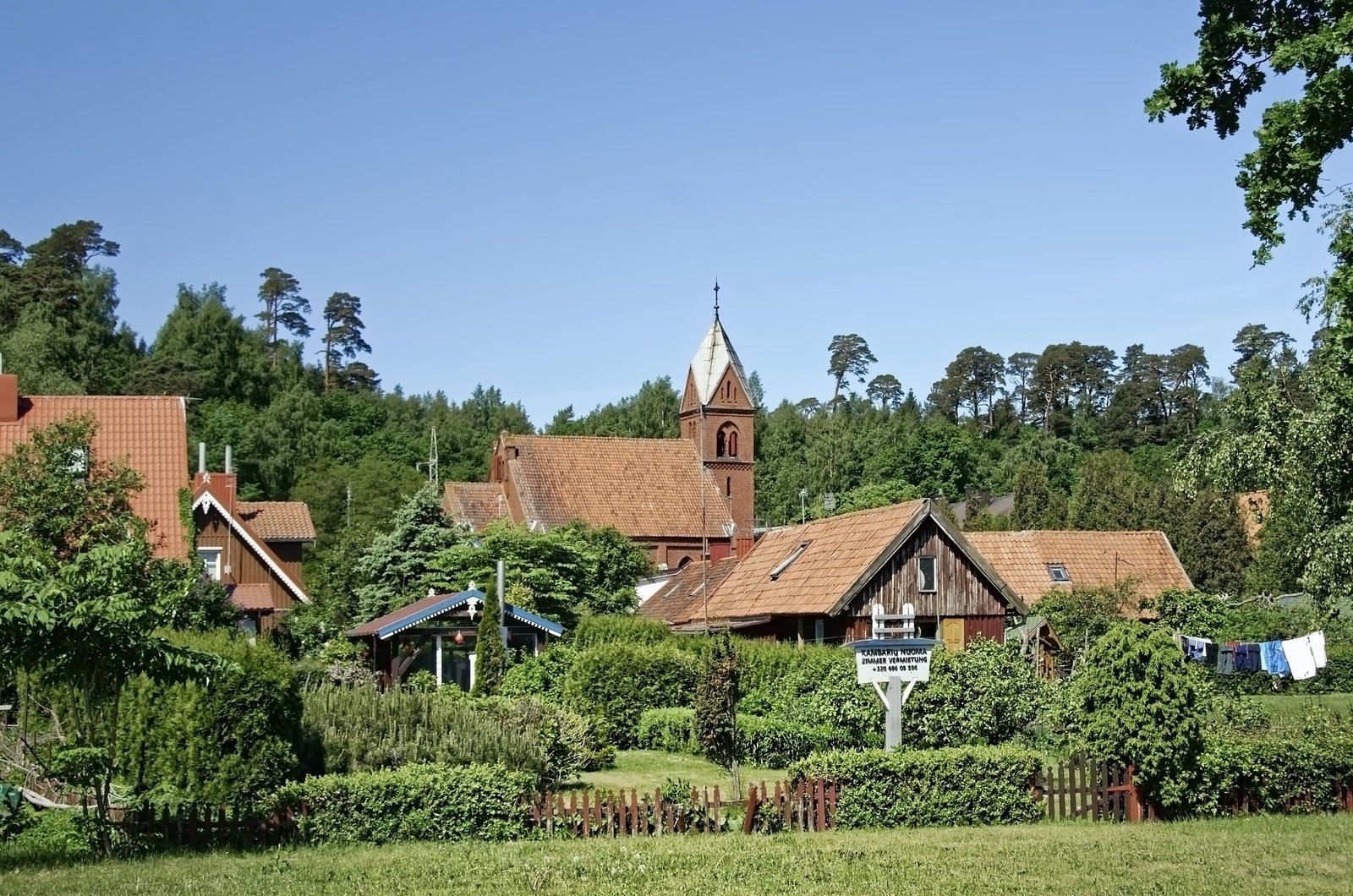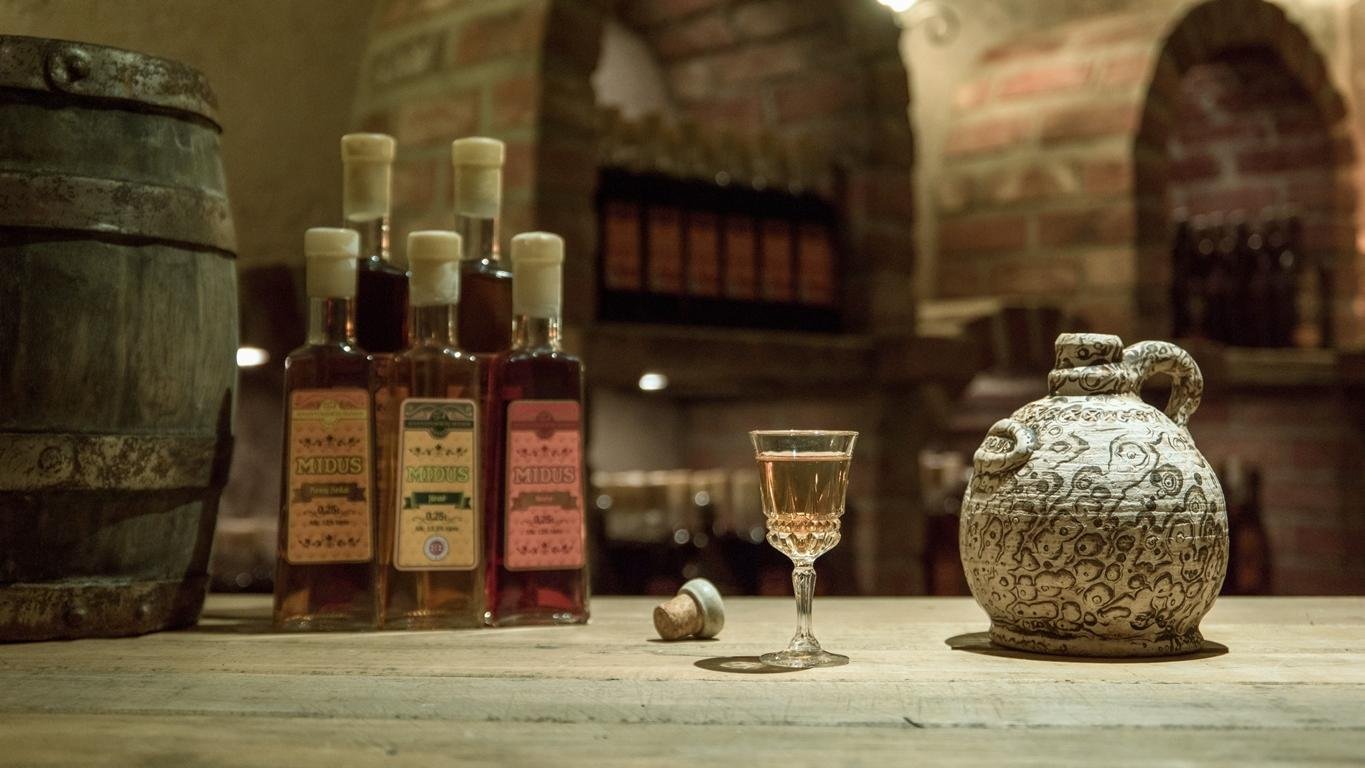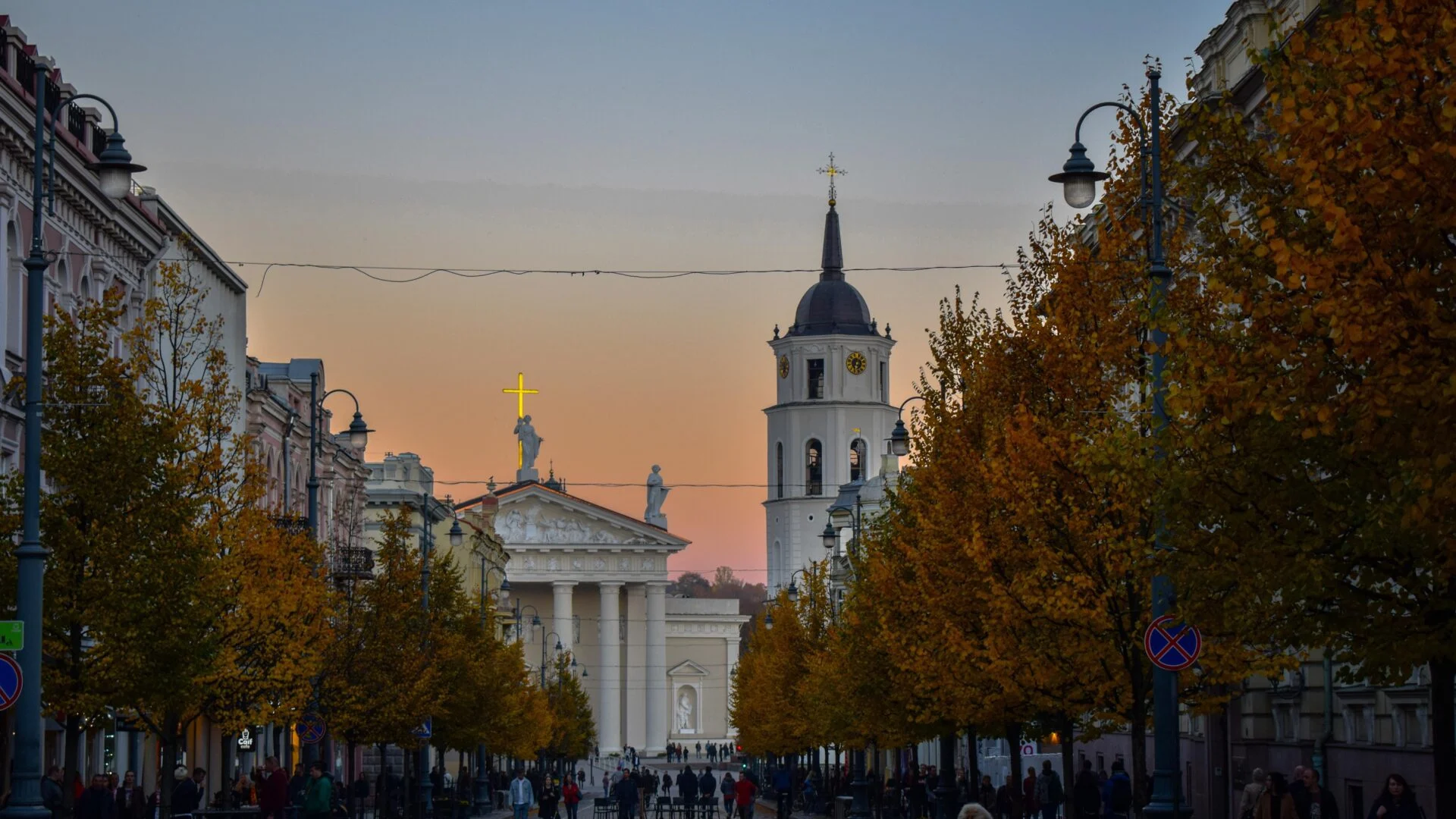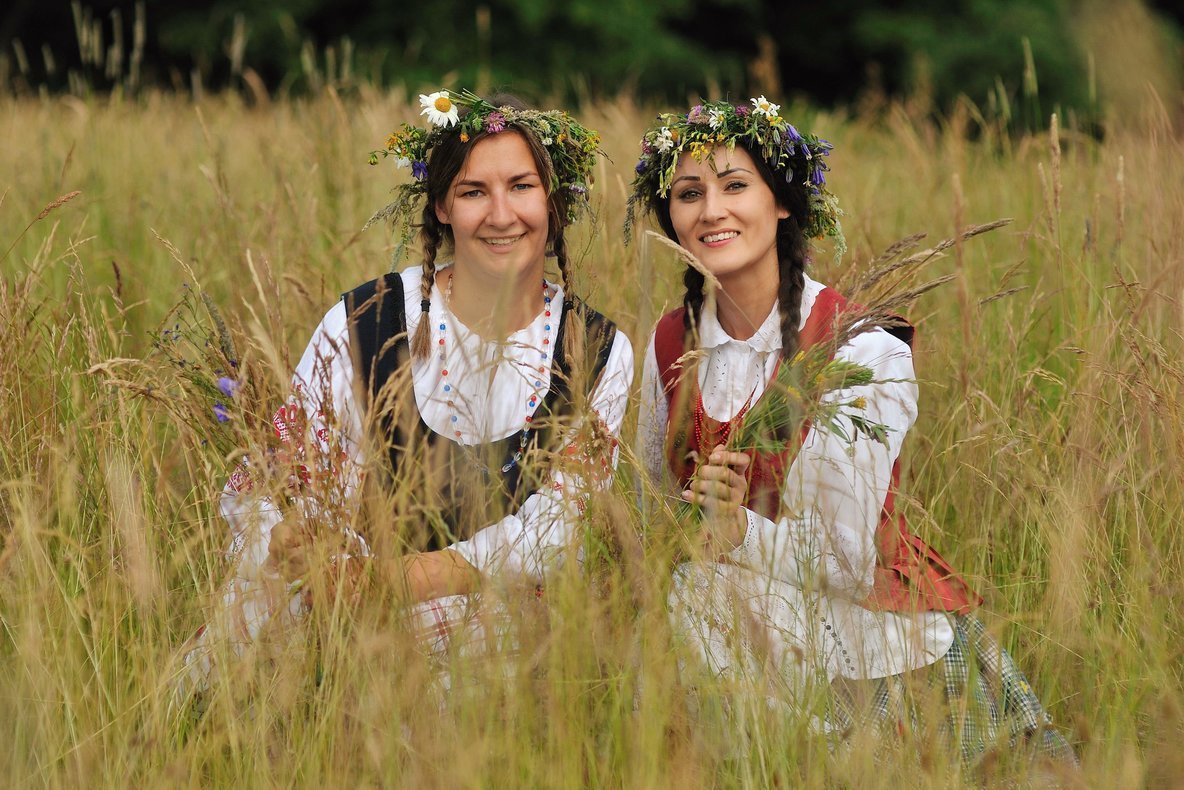When exploring Lithuania, vibrant cities like Vilnius and Kaunas often come to mind. However, the true heart of this Baltic nation lies in its picturesque small villages, each offering a unique blend of history, culture, and natural beauty. Let’s embark on a journey through some of the most enchanting small villages that Lithuania has to offer.
1. Nida: A Coastal Gem
Nestled on the Curonian Spit, Nida is a serene village renowned for its stunning sand dunes, some of the highest in Europe. This UNESCO World Heritage site offers a tranquil escape with its quaint wooden houses, charming fishing boats, and the iconic Parnidis Dune, which provides breathtaking panoramic views of the Baltic Sea.
Fun Fact: Nida has been a source of inspiration for many artists, including the famous German writer Thomas Mann, who had a summer house here.
2. Kernavė: The Cradle of History
Kernavė, often referred to as the “Troy of Lithuania,” is an archaeological site of immense historical significance. This village is home to five impressive hillforts, each telling a story of Lithuania’s ancient past. The Kernavė Archaeological Site, a UNESCO World Heritage site, offers a fascinating glimpse into the lives of the early settlers of the region.
Fun Fact: Kernavė is believed to be the first capital of Lithuania, dating back to the medieval period.
3. Trakai: Island Enchantment
Just a short drive from Vilnius, Trakai is a fairytale-like village surrounded by lakes. The centerpiece is the majestic Trakai Island Castle, situated on an island in Lake Galvė. This Gothic-style castle, with its rich history and picturesque setting, is a must-visit. The village is also known for its Karaim community and their traditional dish, kibinai.
Fun Fact: Trakai is unique in its blend of cultures, including Lithuanian, Polish, and Karaim influences, making it a true cultural melting pot.
4. Palūšė: Gateway to Nature
Located in the Aukštaitija National Park, Palūšė is a haven for nature lovers. The village is famous for its wooden church, built without the use of nails, and its stunning natural surroundings, including numerous lakes and dense forests. It’s an ideal spot for hiking, canoeing, and bird-watching.
Fun Fact: The Palūšė church is depicted on the 1 Litas banknote, showcasing its cultural significance.
5. Rumšiškės: A Living Museum
Rumšiškės is home to the Lithuanian Folk Museum, one of the largest open-air museums in Europe. This village is a window into Lithuania’s rural past, with traditional farmsteads, windmills, and craft workshops spread across a vast area. It’s a perfect place to experience traditional Lithuanian customs and folklore.
Fun Fact: The museum in Rumšiškės hosts various cultural festivals throughout the year, celebrating traditional Lithuanian music, dance, and crafts.
6. Šventoji: Seaside Serenity
Šventoji is a peaceful seaside village on the Lithuanian coast, known for its sandy beaches and relaxed atmosphere. It’s a perfect destination for those looking to unwind by the sea and enjoy the natural beauty of the Lithuanian coastline. The village is also close to the larger resort town of Palanga, offering a mix of tranquility and vibrant seaside activities.
Fun Fact: Šventoji was an important port in ancient times, with archaeological finds indicating its historical significance in maritime trade.
7. Kėdainiai: A Blend of Old and New
Kėdainiai is one of the oldest towns in Lithuania, with a beautifully preserved old town that showcases Renaissance, Baroque, and Gothic architecture. The village is known for its multicultural heritage, with historic synagogues, churches, and a former Scottish merchant community. Walking through Kėdainiai feels like stepping back in time.
Fun Fact: Kėdainiai hosts the annual Kėdainiai Cucumber Festival, celebrating the region’s agricultural heritage.
8. Plateliai: Lakefront Tranquility
Located near the shores of Lake Plateliai, this village is a gateway to the Žemaitija National Park. Plateliai is a paradise for water sports enthusiasts, with opportunities for swimming, sailing, and diving in the clear waters of the lake. The village also features a charming manor house and beautiful walking trails.
Visit Plateliai Cold War Museum
Fun Fact: Lake Plateliai is the deepest lake in Lithuania, adding to the allure of this picturesque village.
Conclusion
Lithuania’s small villages offer a rich tapestry of history, culture, and natural beauty, each with its own unique charm. Whether you’re exploring ancient hillforts, wandering through fairytale castles, or simply enjoying the tranquility of nature, these villages provide a delightful escape from the hustle and bustle of modern life. So, pack your bags and set off on an unforgettable journey through the heart of Lithuania’s countryside!

